 |
| Photo of Dai Cung Mon inside Hue Imperial City under Nguyen Dynasty taken by the French - Documentary photo |
Dai Cung Mon is the main gate of the Forbidden City - the area where the kings and concubines of the Nguyen Dynasty lived and worked inside the Hue Imperial City, which will be restored after the archaeological excavation.
Previously, the Ministry of Culture, Sports and Tourism issued Decision No. 1266/QD-BVHTTDL allowing the Hue Monuments Conservation Center (HMCC) to coordinate with the National Museum of History to conduct archaeological excavations at the Dai Cung Mon - Hue Imperial City relic.
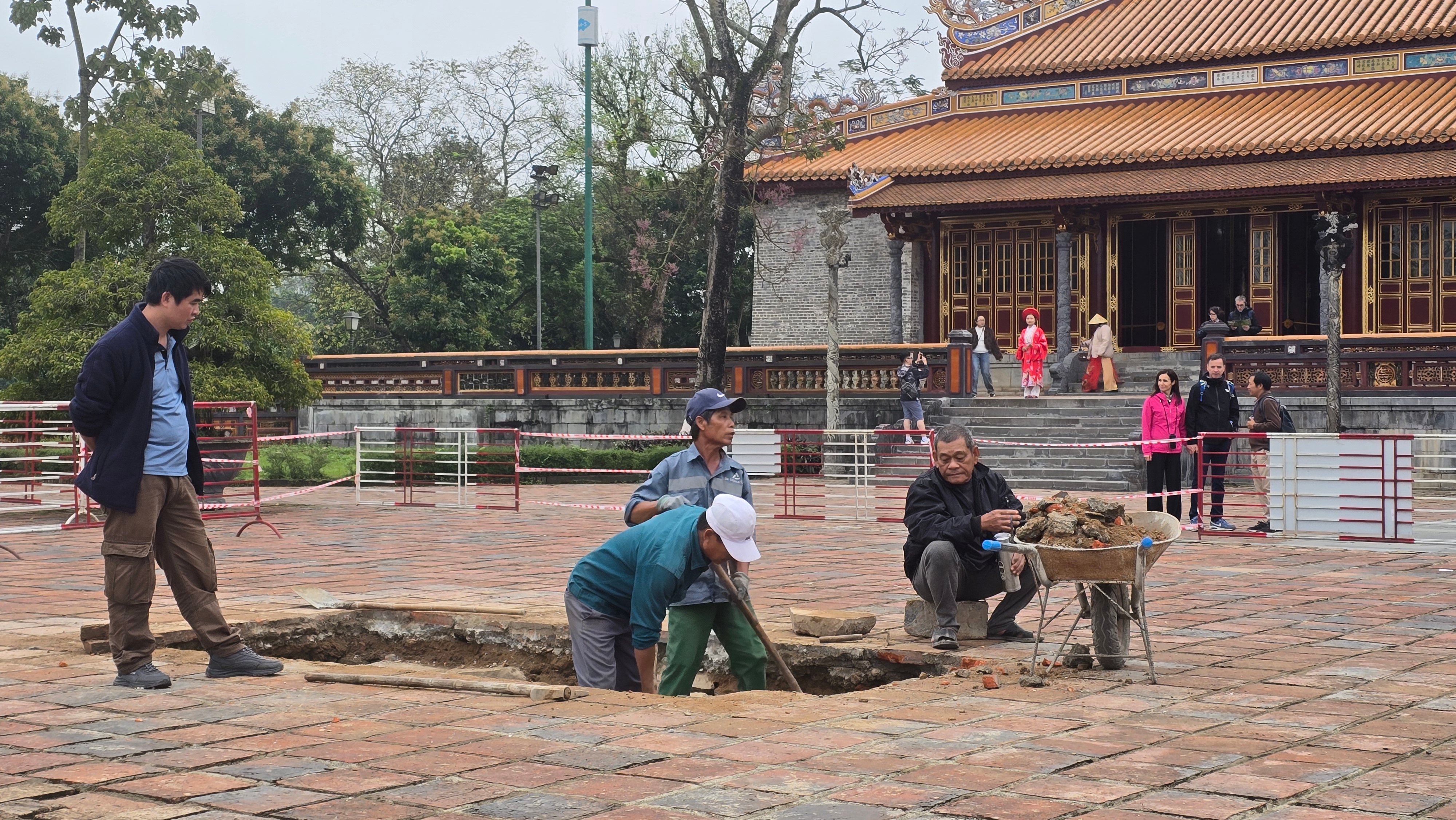 |
| Archaeological excavation of Dai Cung Mon |
Accordingly, the archaeological excavation area is 60m2, including 3 holes x 20m2/hole. The excavation leader is Ms. Nguyen Thi Thao Giang, National Museum of History. The artifacts collected during the archaeological excavation, Hue Royal Antiquities Museum, Hue Monuments Conservation Center are responsible for preserving and protecting the artifacts to avoid damage and loss.
The implementation of renovation and restoration of works plays an important role and has great significance in the process of fully restoring the architectural appearance of the Hue Imperial Citadel relic complex, bringing high efficiency in exploiting tourism services, studying and researching.
At the end of 2024, the Provincial People's Council (now the City People's Council) passed a resolution approving the investment policy for the project to restore the Dai Cung Mon relic under the Nguyen Dynasty inside the Hue Imperial City. The Dai Cung Mon restoration project was approved with a total investment of more than 64.6 billion VND, sourced from the Hue city budget.
The project will restore the foundation of the building with bricks, Thanh stone pillars, restore the floor, Thanh stone steps, brick walls plastered with three-component mortar, and traditional color. The main part of Dai Cung Mon will be restored, including the wooden frame structure, roof, plank walls, three-post panels, and doors made of group II wood. The components are carved with patterns, painted with gold. The wooden components are protected against moisture and termites.
The project is expected to start in 2025 and be implemented within 4 years.
Source: https://huengaynay.vn/van-hoa-nghe-thuat/thong-tin-van-hoa/hoan-tat-khao-co-dai-cung-mon-truoc-khi-phuc-dung-152401.html



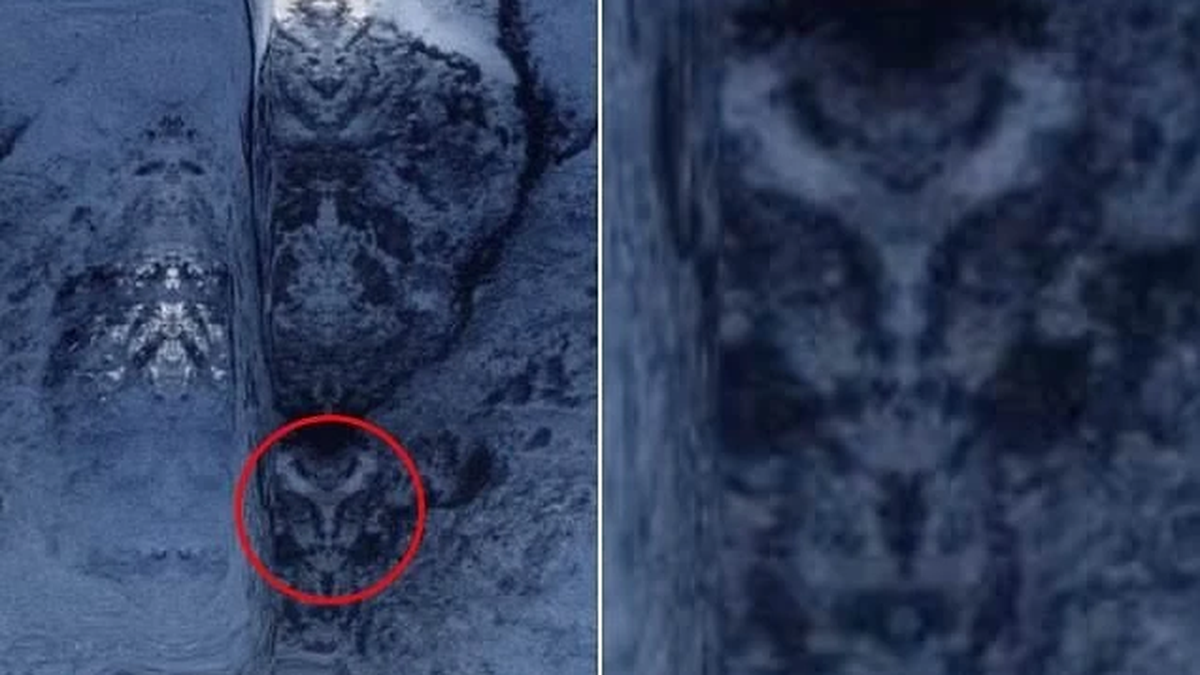
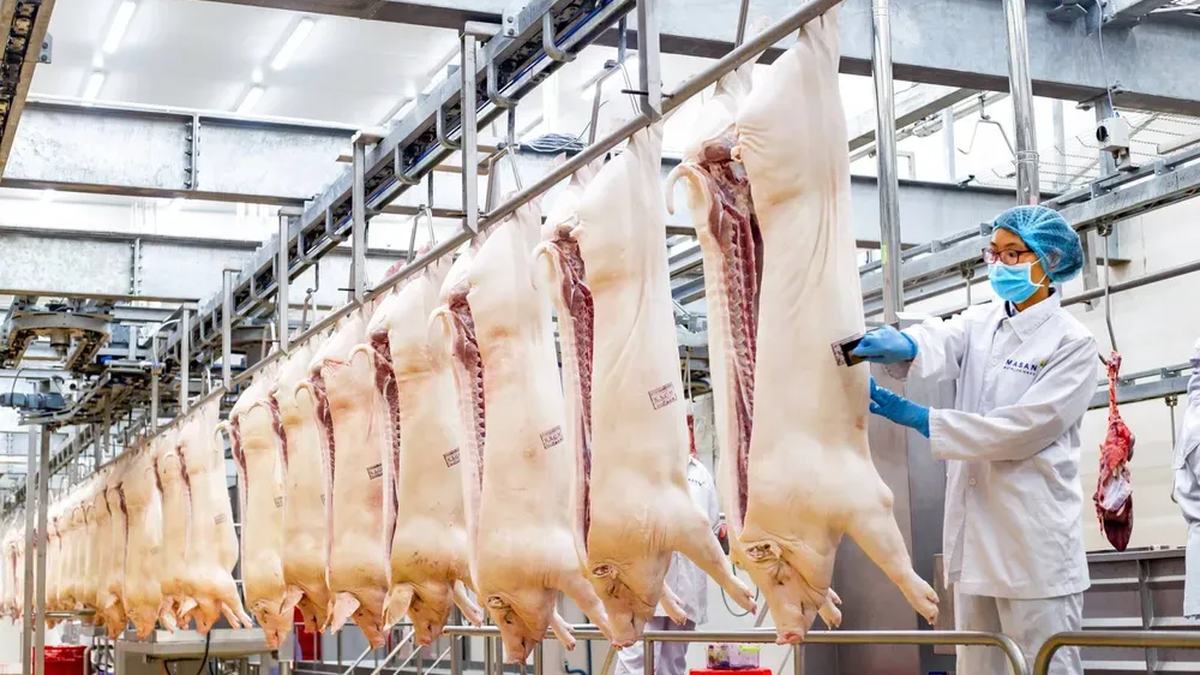
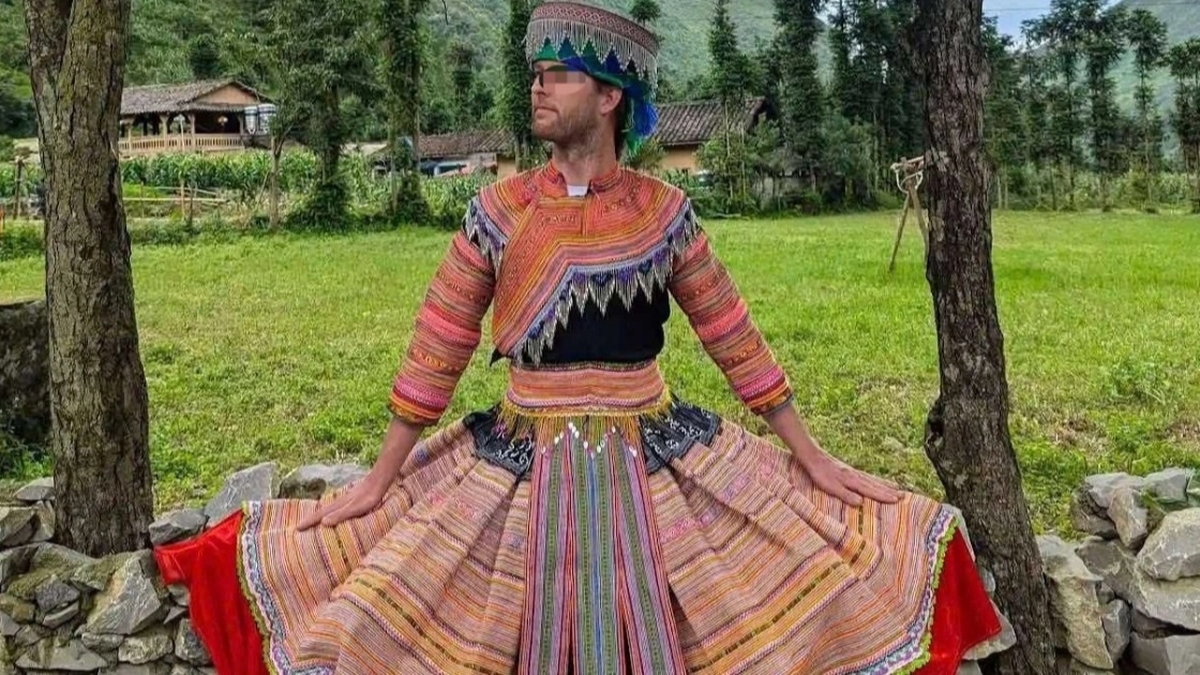
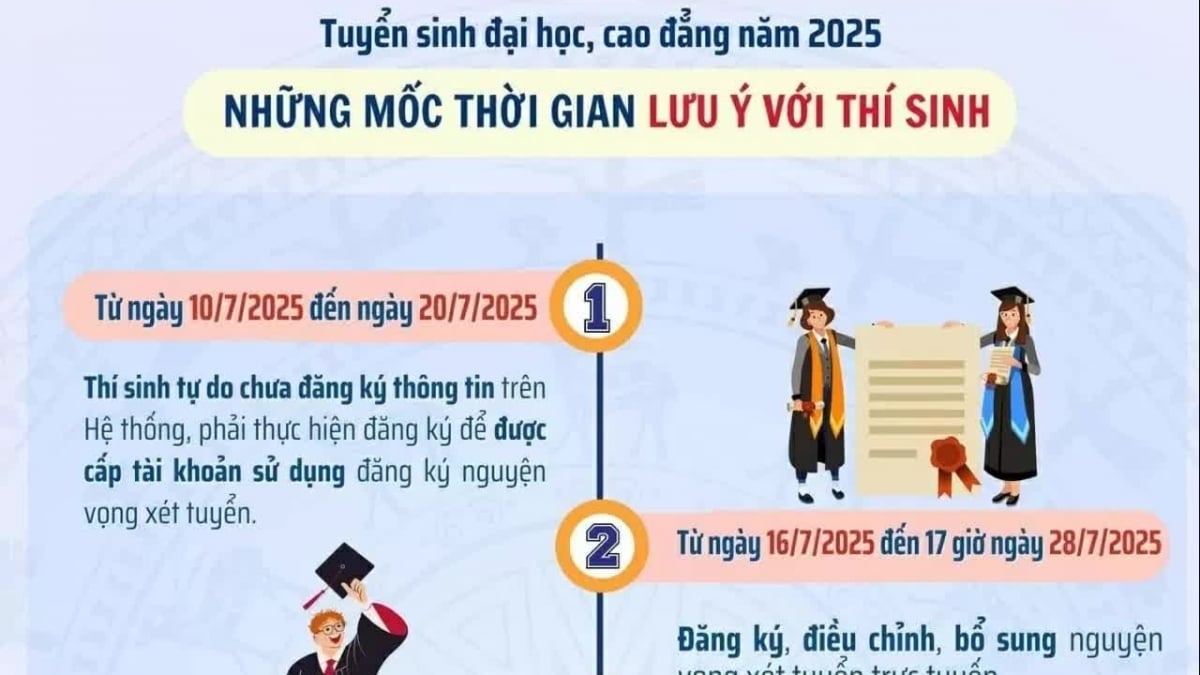
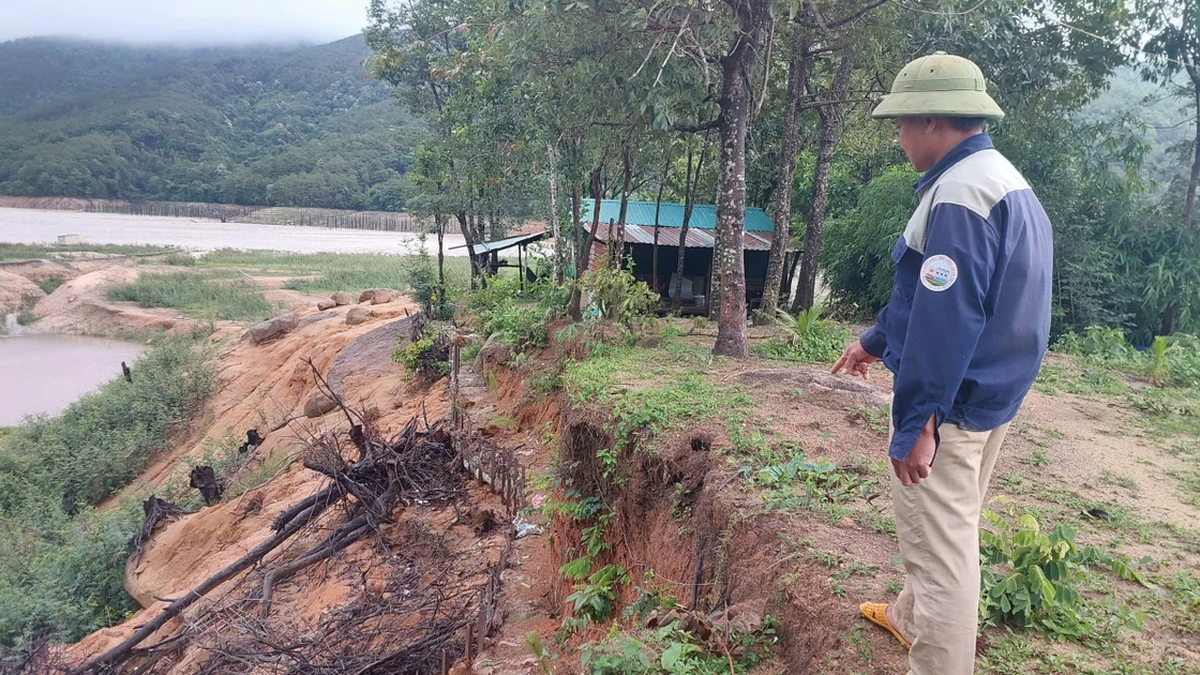
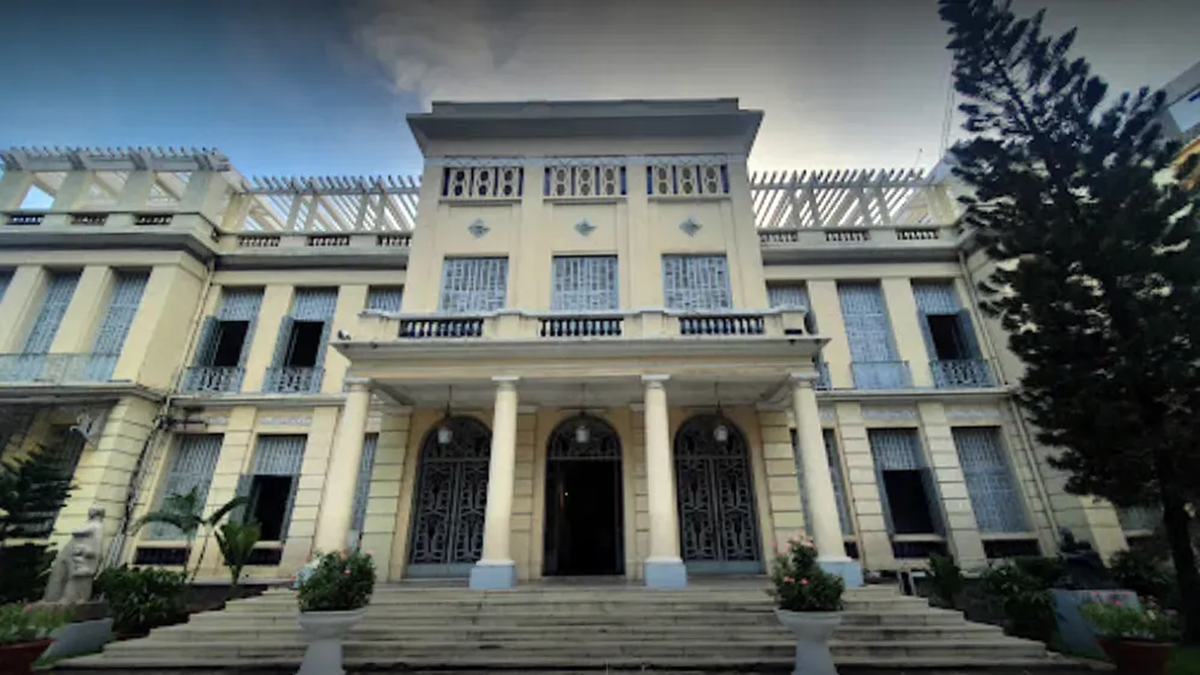
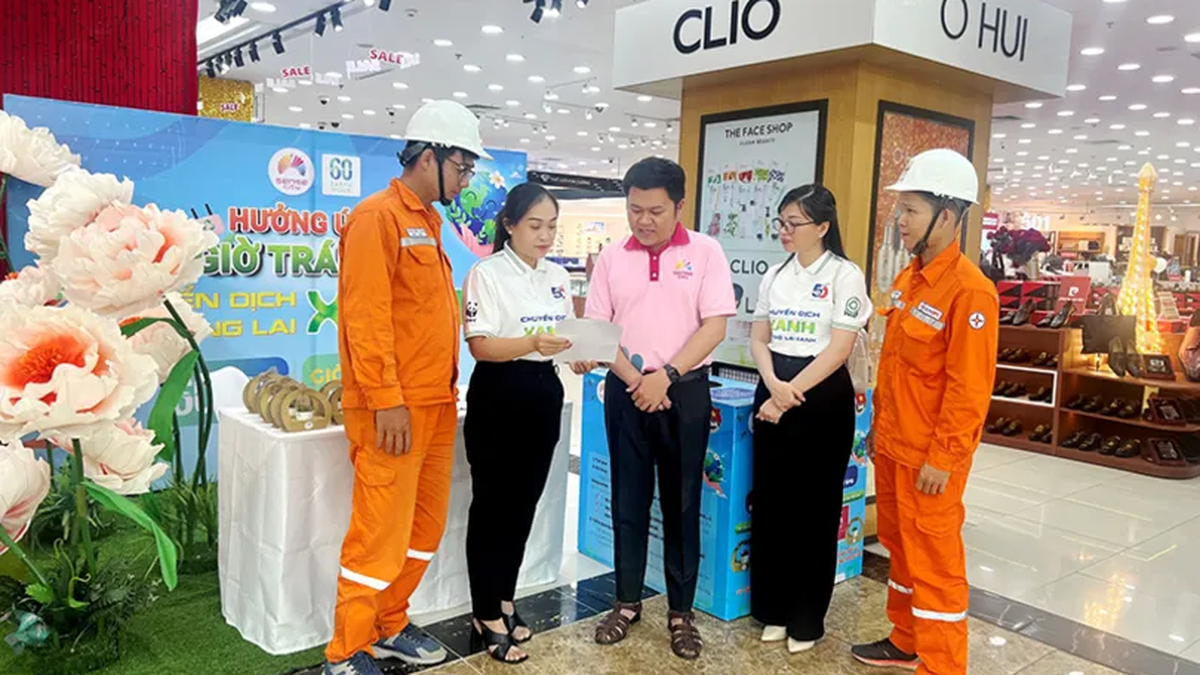
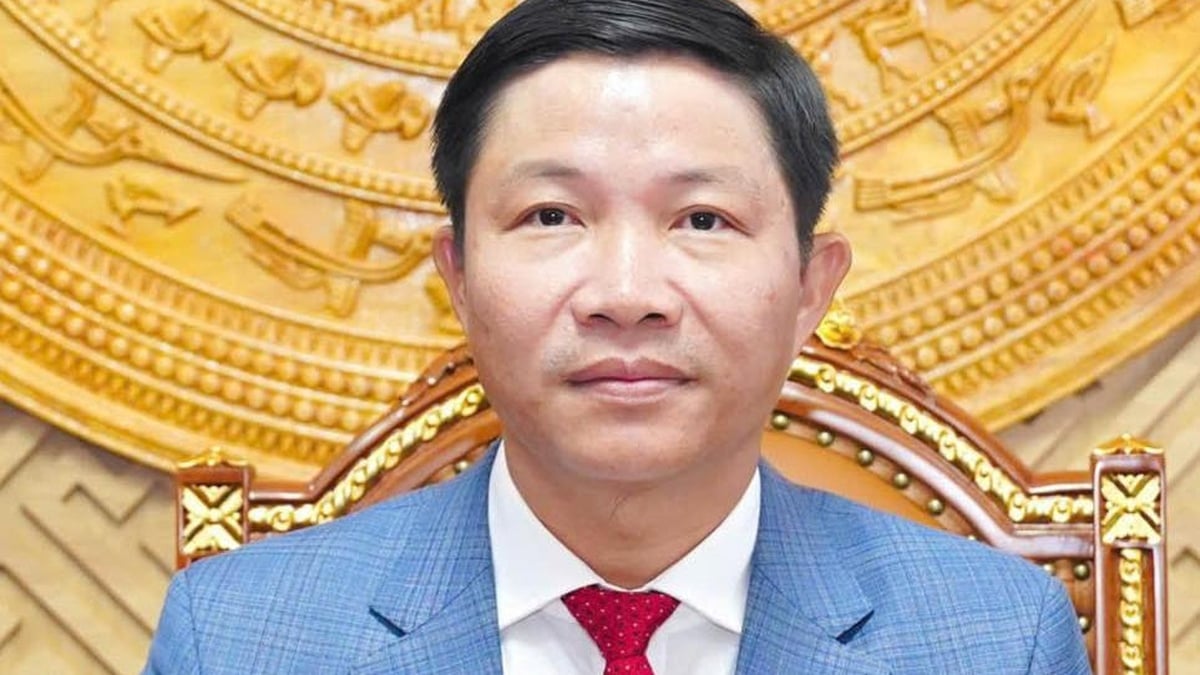












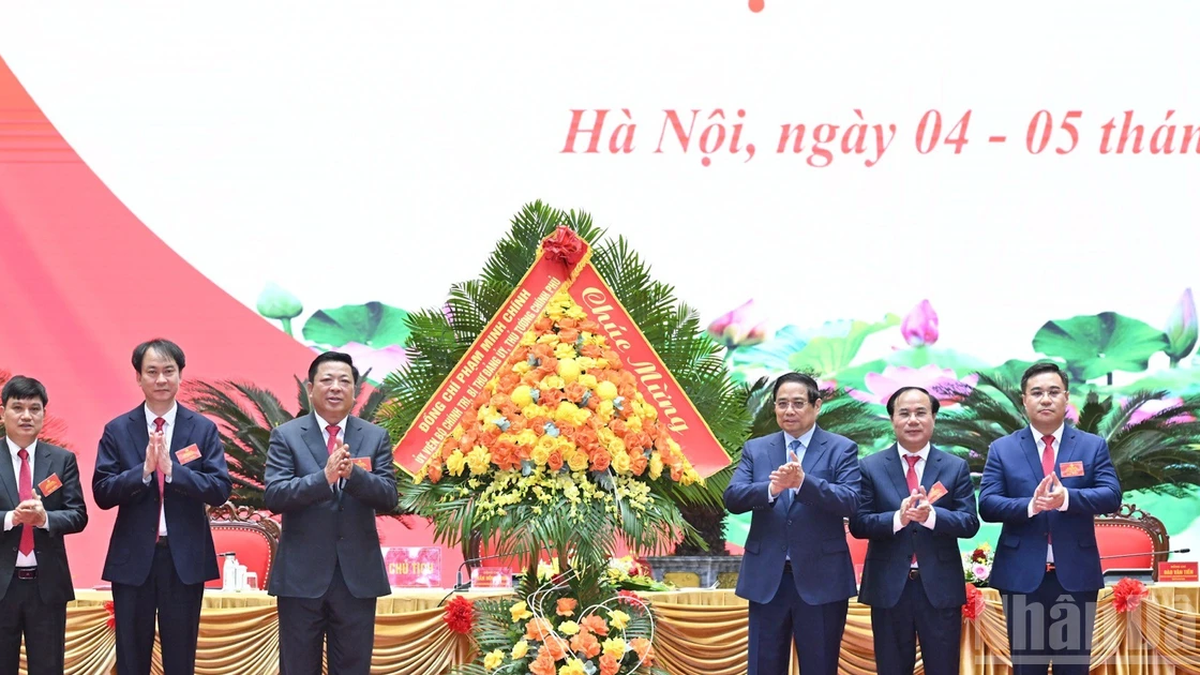

![[Photo] Nghe An: Provincial Road 543D seriously eroded due to floods](https://vphoto.vietnam.vn/thumb/1200x675/vietnam/resource/IMAGE/2025/8/5/5759d3837c26428799f6d929fa274493)
![[Photo] Discover the "wonder" under the sea of Gia Lai](https://vphoto.vietnam.vn/thumb/1200x675/vietnam/resource/IMAGE/2025/8/6/befd4a58bb1245419e86ebe353525f97)

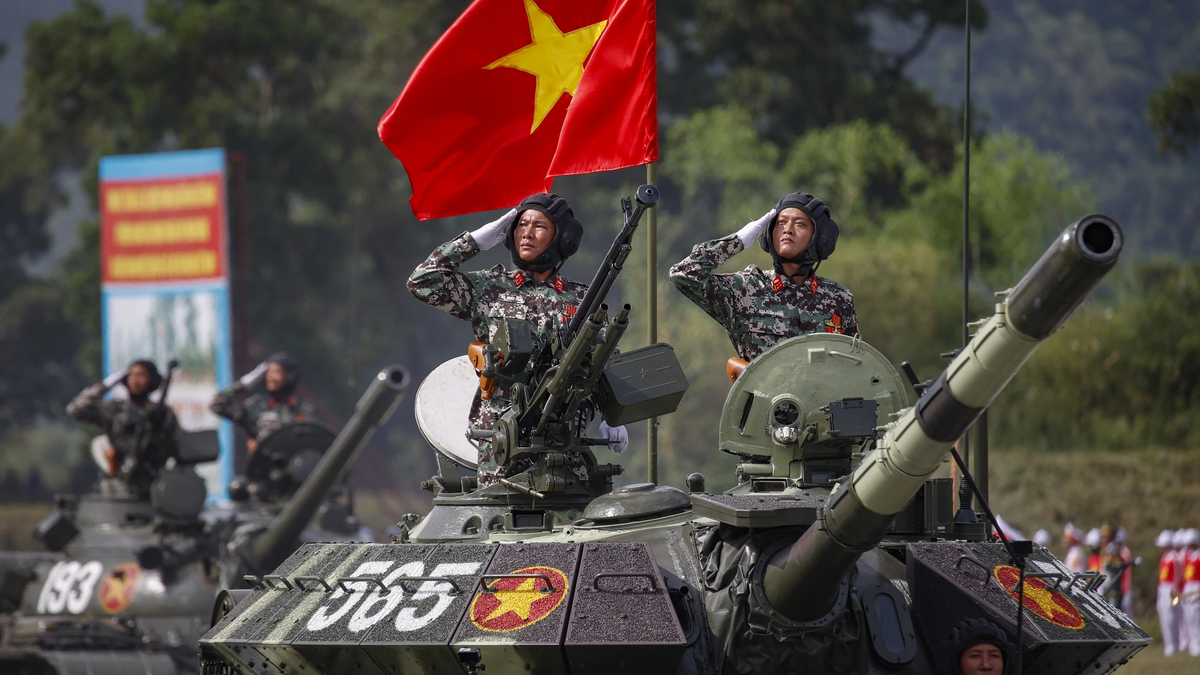
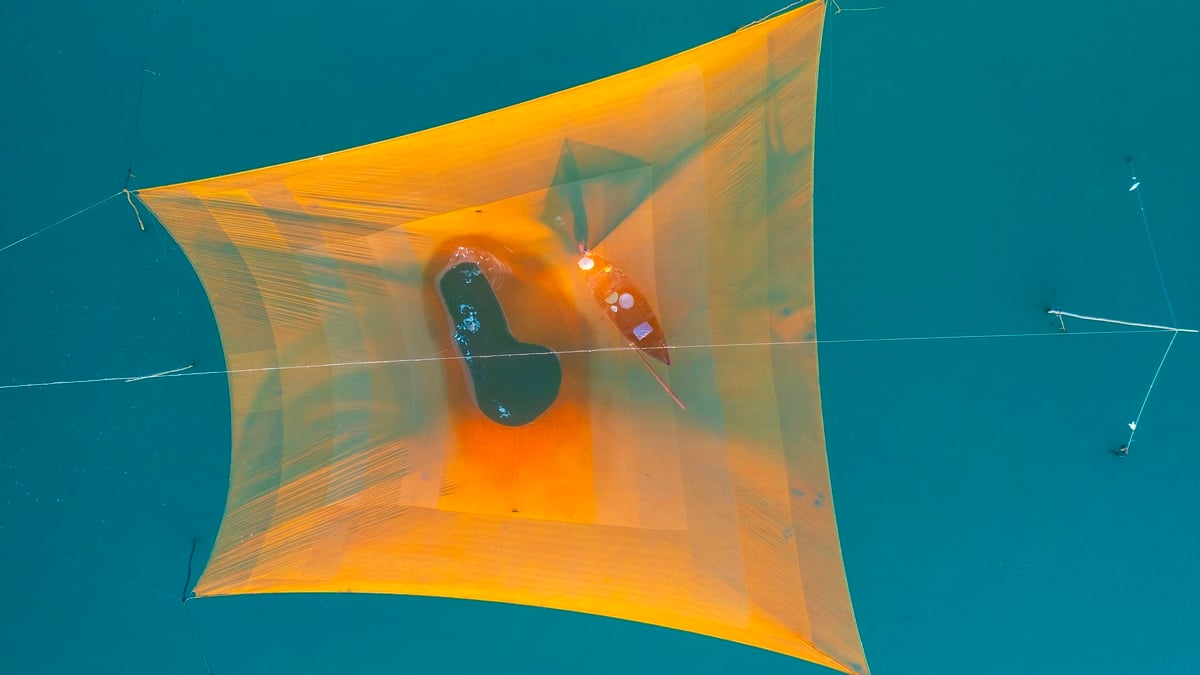
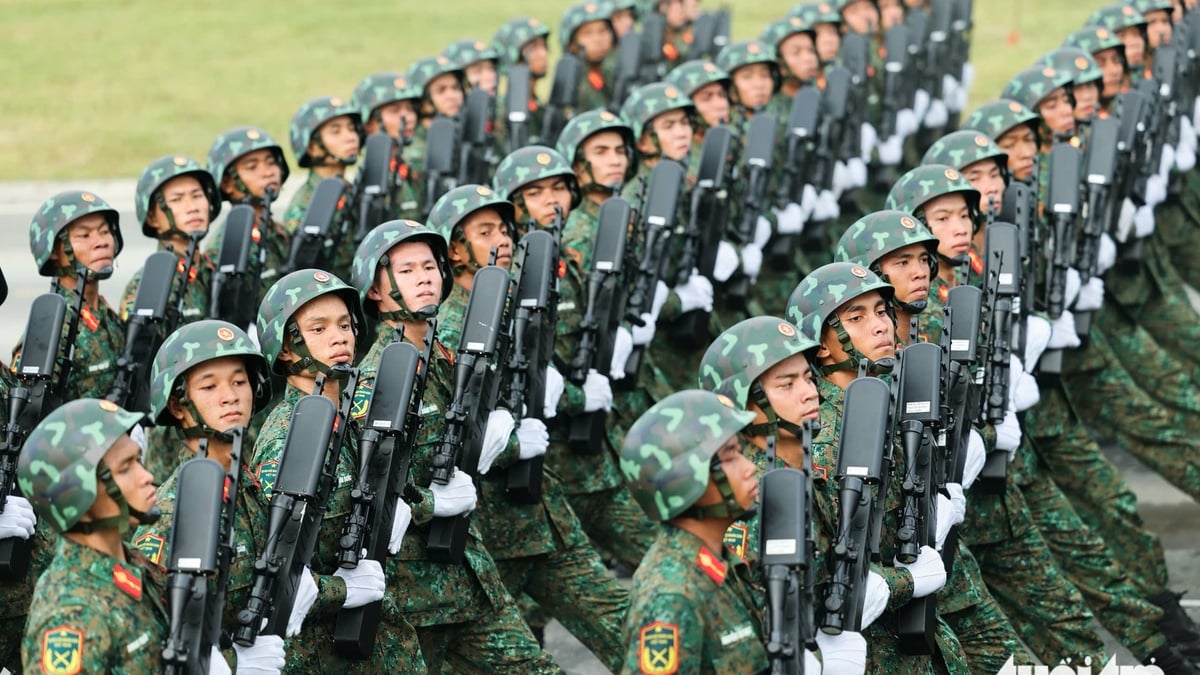
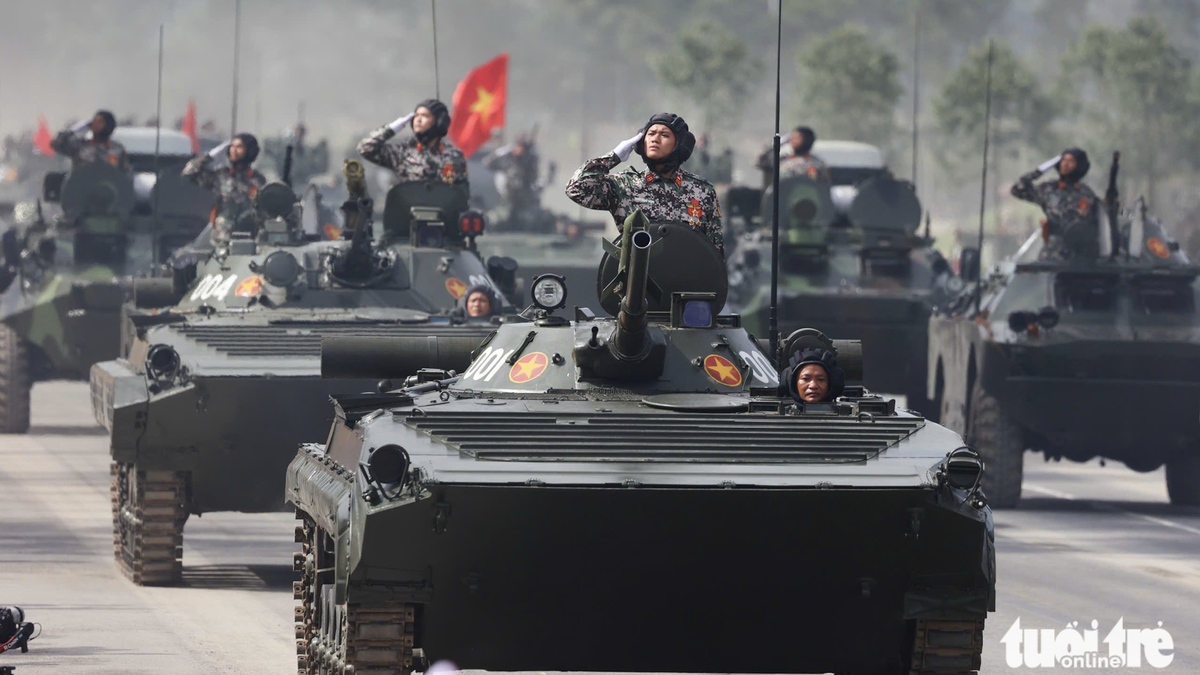
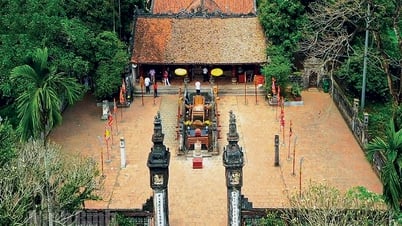

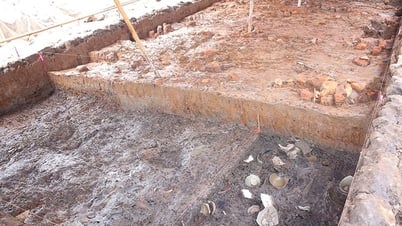

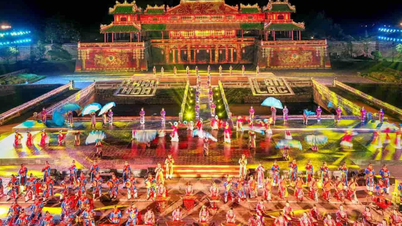

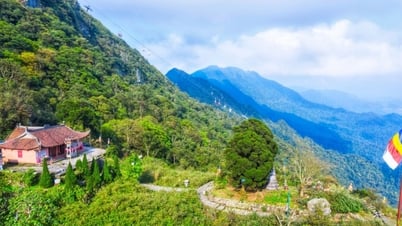

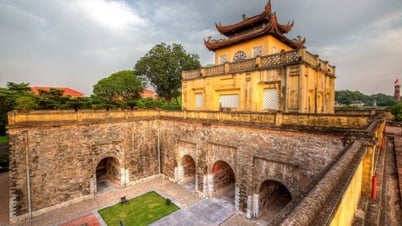

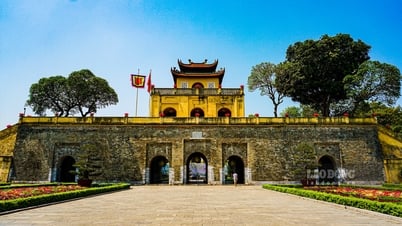

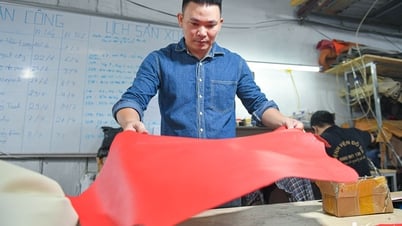






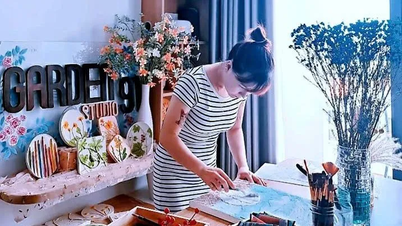




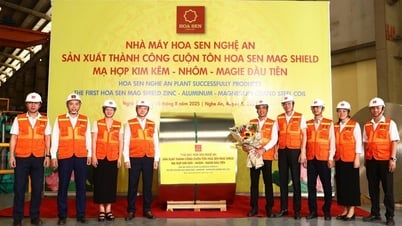














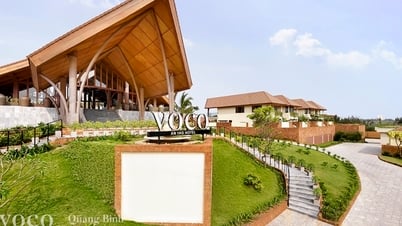

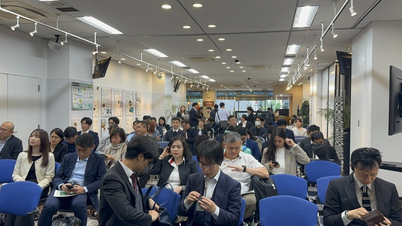












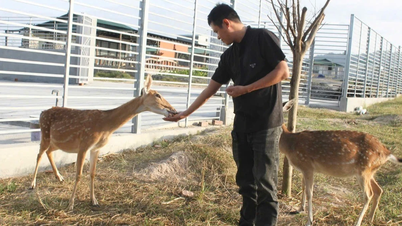

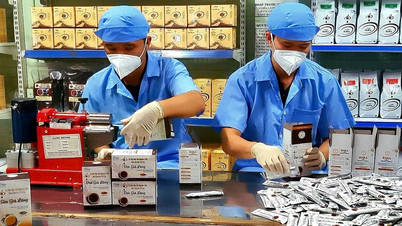







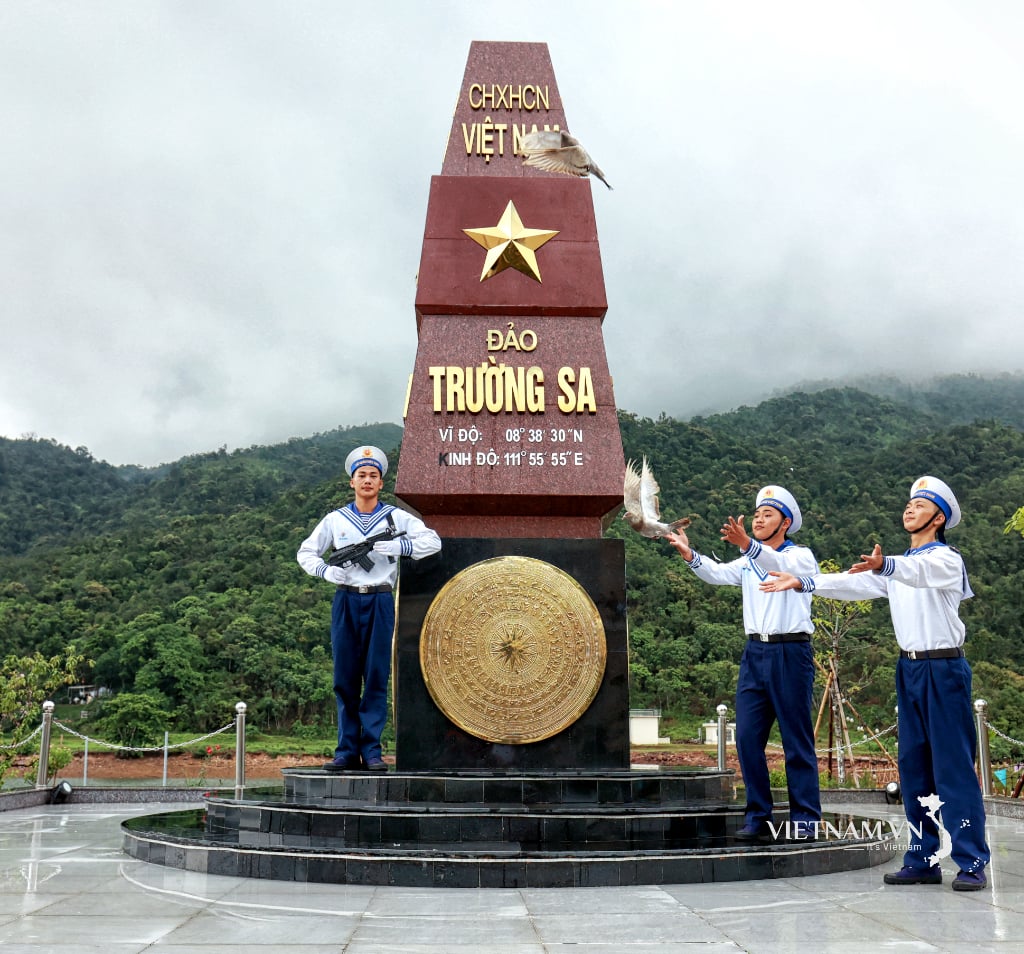

Comment (0)